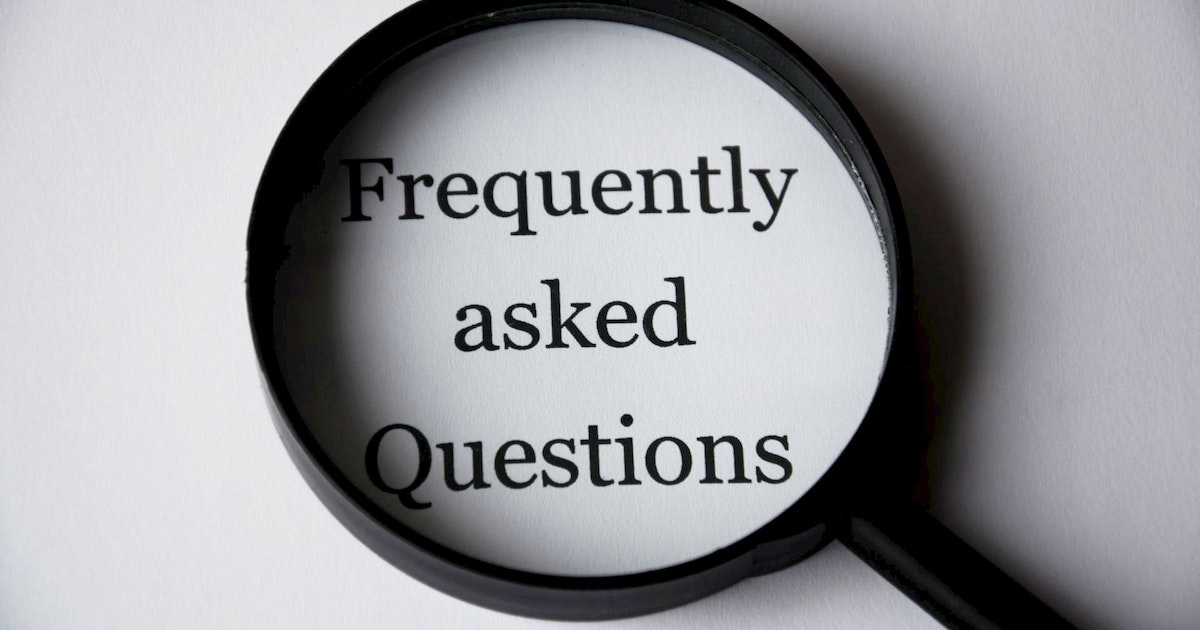What is and how do you create an effective FAQ page

There is a way that we dare to stand on the side of users and anticipate their doubts and confusions regarding our products or services: the Frequently Asked Questions or FAQ page
You have certainly heard of this term and I want to deepen the subject, explaining why it is such an important tool and also how you can effectively create such a page.
What does FAQ mean?
FAQ is the acronym for Frequently Asked Questions, frequent questions from users.
When done right, the FAQ page achieves a number of goals:
- accompany clients in the research and purchase phases of your services or products
- dispel doubts and confusions
- it is a filter, before interacting with customer support
can attract new users to your site
An advantage, therefore, for the users who browse to discover your services, but also for you who want to solve and anticipate their questions.
But how do you go about creating an effective and targeted FAQ section? Let’s see together.
How to create an FAQ page
Before getting to the topic, you have to ask yourself a question: is it always necessary to create a FAQ section?
The answer is yes if:
- It often happens that you receive e-mails from your clients or potential clients, who ask you for explanations that could be clarified beforehand
- If you want the public to recognize the professionalism of your brand and put their trust in it
At this moment we see all the steps to create an efficient FAQ page.
Identify the right FAQs
It immediately occurs to me that the right questions to ask in a frequently asked questions section are the real questions.
It seems trivial to say, but I often read the frequently asked questions of some sites and after a few seconds I immediately suspected that they are not real, but invented by them.
This is one of those cases where a marketer must pay special attention to the audience and analyze their behaviors.
Use a common language, without going into technical aspects. People need answers, not more doubts.
To identify the right questions, start with the ones your customers really ask and expand your search using the tools at your disposal, such as:
Suggestions offered by search engines
Answer the public, a tool to find out what users are asking about a certain topic
Analyze requests received via email, social networks or through your company’s customer service
To give you an example of a suitable FAQ, consider a bicycle manufacturer. Although it is important for him to convey to his customers values and production methods, do you think the public tends to ask what is the production process or if, for example, the bicycle is covered by warranty?
Common sense should lead us to opt for the plausible question and the data will confirm this.
A good question to answer, in this case, is: is the bike covered by the warranty?
How to write the questions (and the answers)
Once I identified the right questions, I would focus on how to write a good FAQ section.
If the goal is to take users by the hand and accompany them to the solution they are looking for, it is essential that the questions are:
CLEAR
straight to the point
If the questions are not asked according to this scheme, you risk having the opposite effect and amplifying the doubts of the public.
Consequently, the same explanatory clarity, essentiality and pragmatism must be reflected in the answers you offer.
Where to enter the FAQ section on the website
Another aspect that should not be underestimated is the place where the frequently asked questions section is entered within the site. There is no golden rule in this regard, however it is important that the user experience is facilitated.
The main objective is to make this section of the site easy to use.
If your business is limited to a few products or services, you can create a frequently asked questions section, where the questions are collected together and positioned in a visible way during navigation.
If, on the other hand, you are dealing with heterogeneous services and the collected questions become so many, you can support the activity with a help desk service.
The basic rule can be refined and you can try to group the collected questions by themes or categories.
Here is a concrete example, WhatsApp FAQ . In this case, the company not only divided the frequently asked questions into categories, but further divided them according to the type of device the customer uses.
If you want to personalize the FAQ categories more, you can try to find a creative way to name the section or highlight the popular questions.






